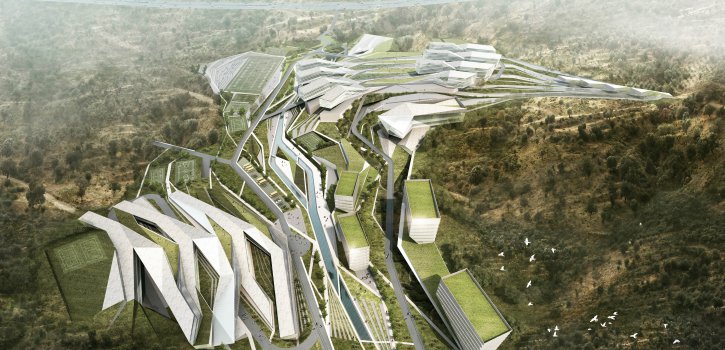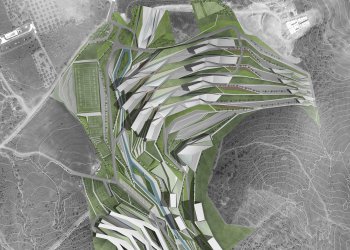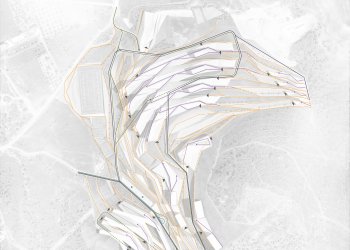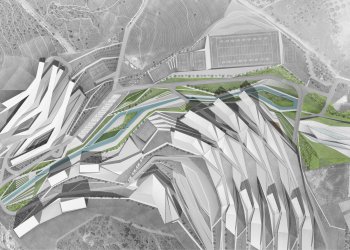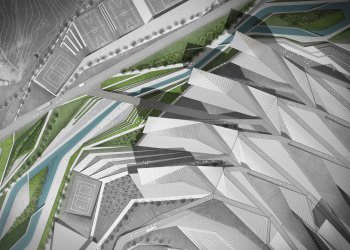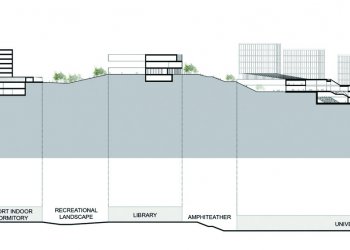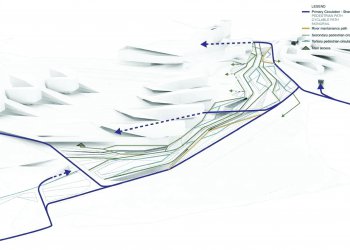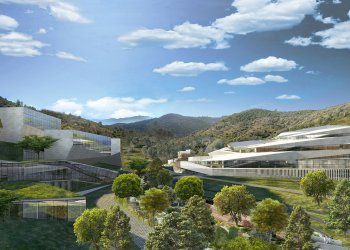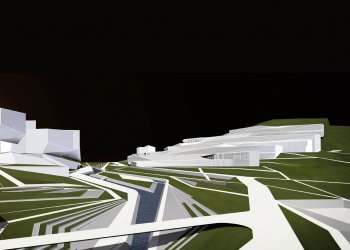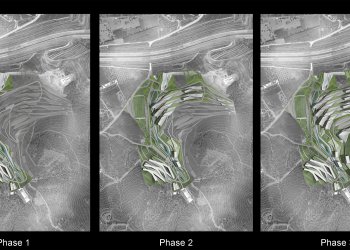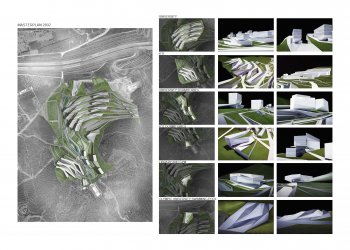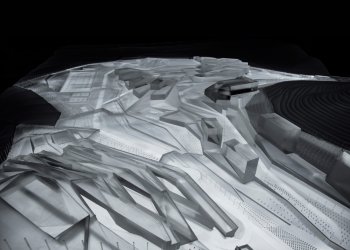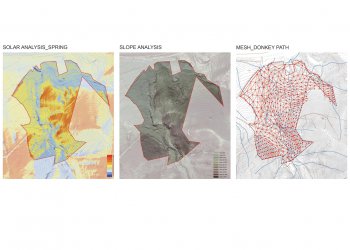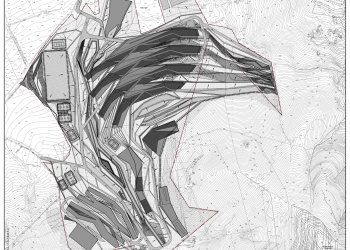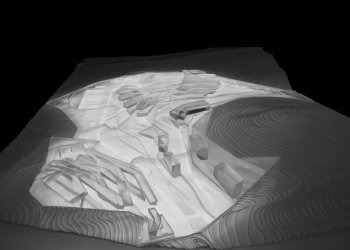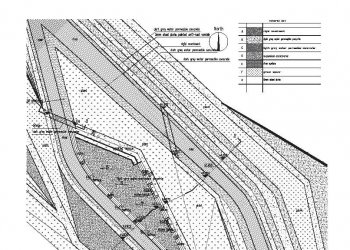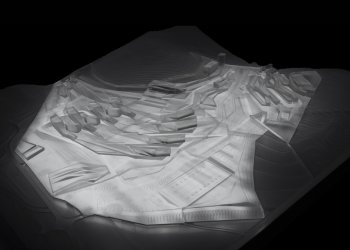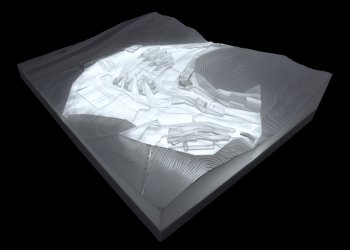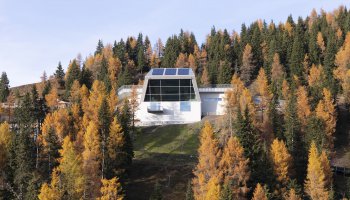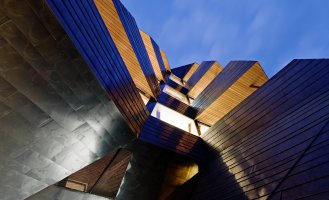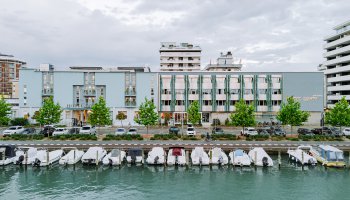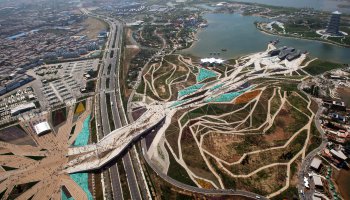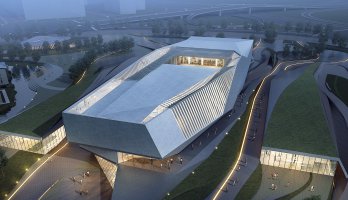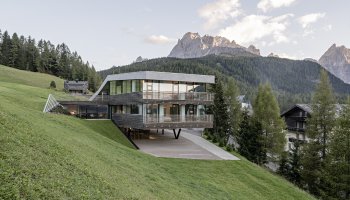The project is based on “Second Skin- Second Nature” and the “Geometry of Necessities and Performance”. Given the steep topography of the terrain and the intention to stitch together the new buildings with the landscape, the task was to develop the massing as an artificial, offset replication of the original hillscapes.
Izmir University of Economy_Masterplan
TYPE Education, Masterplan
STATUS Design Development
LOCATION Izmir, Turkey
YEAR 2016-ongoing
CLIENT Izmir University of Economy
DESIGN TEAM Vittoria Bellassai, Andrea Cadioli, Eva Castro, Che Hung Chien, Micol Fronza, Giovanni Carlo Gentili, Mukal Gupta, Ulla Hell, Zengwei Jin, Holger Kehne, Haitao Ma, Valentina Mancini, Giulia Mariotti, Irene Mutschlechner, Edoardo Nieri, Peter Pichler, Wenxuan Qiao, Pietro Scarpa, Qingjun Tan, Yunya Tang, Lingwei Wan, Chuan Wang, Hui Xie, Zhuxi Yao, Kyra Zhao, Bo Zhao
COLLABORATORS Buro Happold London , PMA (PolyMorph Architects)
The essence of the landscape as “original” material is transformed and sculpted, (be)coming another self and forming an identity that is at once referencing the local geographic morphologies and specific latitude and environment and a projection of the logic of human rational thinking and spatial ordering.
The educational bands of the K12 school and of the University are organized along a back-bone and on podiums: this links diverse functions and produces new connections through social interactions. Interaction is fostered by inserting semi public/leisure activities within the academic environment, in order to create a common strata, where the knowledge is distributed through informal encounters among students. A small river runs through the site; it is preserved as a landscape element and helps structure the campus. Functions such as housing, the library, and recreational facilities are integrated into the topography around the two main buildings.
The total site area being about 200,000 sqm, Plasma Studio was commissioned the design of a school complex (K12: Kindergarden + Primary + Secondary + High School) and of the University with four clusters of faculties, residential buildings, services and sport areas. The project, that will be developed in three phases, will be completed in 2037 with the construction of 140.500 m2.
